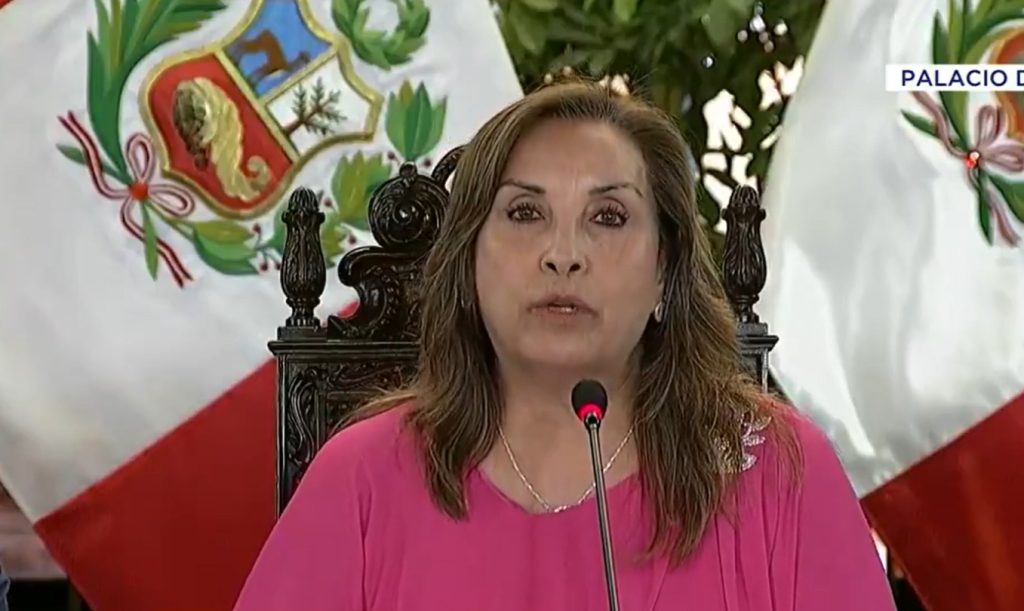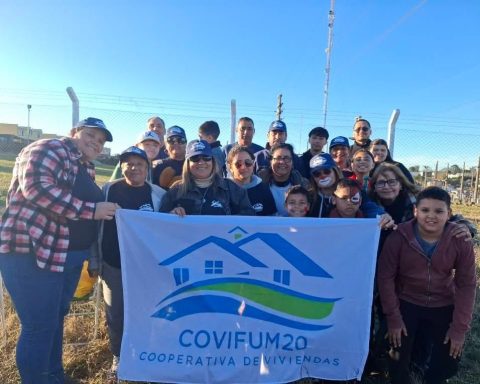Victor M. Toledo
AND
In this second period, The 4T can take two paths and lead either to a regime of authoritarian excesses and end up like Nicaragua or Venezuela, or evolve towards a loving republic
now free of political ideologies. In this, a key element is the role played by the native peoples who are the cultural and spiritual reserve of the country. That forgotten civilization
by industrial, capitalist, technocratic and patriarchal modernity, as reflected by Guillermo Bonfil-Batalla in his deep Mexico (1987).
To date, the topic of biodiversity has been widely praised for its intrinsic biological importance or its economic value. The commercial perspective was especially adopted and disseminated by the Commission for the Knowledge and Use of Biodiversity, which without blinking baptized the country’s biotic wealth as natural capital
in full harmony with the values of neoliberal governments. However, from a biocultural perspective, where Mexico occupies second place after Indonesia and ahead of Brazil, Australia and China; Ethnobotanical, ethnozoological and ethnomycological studies of recent decades reveal the existence of a sacred biodiversity
. The examples I describe below attest to this.
The first that stands out is the trilogy or complex of corn, venison and peyote that the Wixaritari (singular: wixárika or wirarika) or Huichols of Nayarit and Jalisco maintain as a legacy of their spirituality. These are three deities: the deer as a symbol of fertility, corn as a source of life and peyote to communicate with the gods. The pilgrimages that the marakame (shamans) make to Wirikuta, in San Luis Potosí, to collect peyote are part of that relationship, and involve the defense of their territories (a second example is undoubtedly the sacred tree of the Mayans of the Yucatan Peninsula ( Ceiba pentandra) that connects the surface of the earth with the underworld and the sky. It is a cosmic tree or Axis Mundi formed of 14 floors and which according to the main ethnographers represents the worldview of all of Mesoamerica. The hallucinogenic mushrooms of the Mazatecs of Oaxaca are a third example, documented by the rituals of María Sabina in Huautla de Jiménez, beautifully described by Fernando Benítez and other authors. One more is the festival every September 27 in San Miguel Tolimán, Querétaro, where the chimal is built and raised, a 25-meter-high plant monument, the cosmic axis decorated by a desert plant, the sotol or spoon ( Dasylirion acrotriche), whose parts are restructured to give rise to a symbol of strength and defense of the Hñähño (Otomí) culture. During the festivities, in addition to music and dancing, food is offered for up to a thousand people, served by 100 tortilleras, with colored tortillas. Other examples are vanilla among the Totonaku communities of Veracruz and cocoa ( Theobroma cacao) venerated for centuries by pre-Hispanic elites, as a sacred plant, as currency and as a very precious tribute. A very special place is that of amaranth, joy or huauhtli, considered the most nutritious pseudocereal in the world, which was banned by the Spanish for its ritual nature and cultivated clandestinely for 500 years by indigenous communities in the center of the country. Today amaranth is a widely consumed food in the country and in the world. We must still mention the native stingless bee ( Melipona beechii) who was and continues to be a goddess for the Yucatecan Mayans ( Xunan kab).
At the top of this brief account are corn and marigolds, two icons of plant sacredness. The first for all the cosmogonies linked to the plant, and whose greatest sophistication is achieved by the ritual tortillas
from Guanajuato (14 records in the La Laja River) which are tortillas painted with natural dyes from molds with symbols. The second is that it is the ultimate emblem of the Day of the Dead, a pre-Hispanic heritage and an essential piece of the thousands of offerings that Mexicans raise in homes, schools, universities, stores, unions and churches. This year, sales from about 2 thousand producers are estimated at 350 million pesos.
These cases, living examples of communality in which celebration and ritual are confused and vice versa, come to connect with the concept of loving republic
by AMLO. I maintain that this idea, which he summarizes in chapter 15 of his latest book ( Thank you!2024) forms a political proposal non-ideological
that advances decades if not centuries. And that this constitutes the next phase or fifth transformation. AMLO defines it as “a way of living based on love for family, neighbor, nature, country and humanity.” […] “a new way of doing politics, applying three guiding ideas in prudent harmony: honesty, justice and love.”













